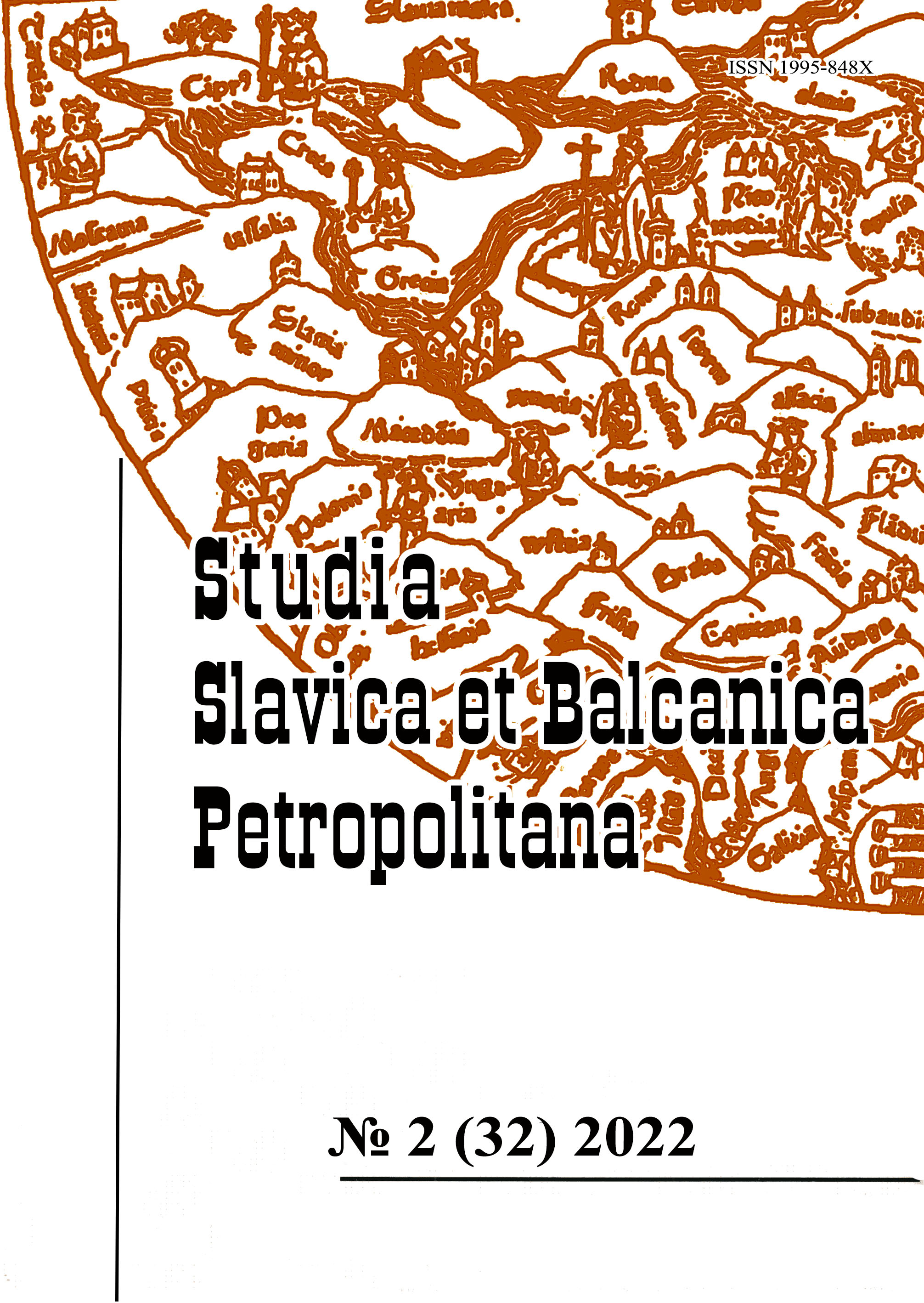Кем был «первый Всеволод»? К интерпретации надписи в церкви Спаса на Нередице
Who was the «first Vsevolod»? A New Interpretation of the Ktetor Inscription in the Saviour Church on Nereditsa Hill
Author(s): Pavel LukinSubject(s): Christian Theology and Religion, Cultural history, Ethnohistory, Local History / Microhistory
Published by: Издательство Исторического факультета СПбГУ
Keywords: Old Rus; Riurikids; The Saviour Church on Nereditsa Hill; prince Vsevolod Yaroslavich; prince Vsevolod Mstislavich; medieval Novgorod;
Summary/Abstract: The article discusses a praise inscription in the Saviour Church on Nereditsa Hill, built and decorated with frescoes at the end of the 12th c. In the church there is a portrait of the ktetor, Prince Yaroslav Vladimirovich of Novgorod, with an inscription praising him, in which he is called «the God-loving prince, the second Vsevolod». The question arises: who was meant by the «first Vsevolod»? Scholars offered two candidates: the Vladimir Prince Vsevolod the Big Nest, whose protégé was Yaroslav, and the Novgorod Prince Vsevolod Mstislavich, driven out of Novgorod in 1136. Vsevolod the Big Nest, as has been shown in previous scholarship, does not fit this role, because at the time of the temple`s painting he was alive, and such exaltation did not comply with the Old Russian traditions. The main argument in favour of the candidacy of Vsevolod Mstislavich is an account of the hagiographic work, written in Pskov on the occasion of the transfer of his relics. However, it turns out to be a late and unreliable text. The author substantiates the idea that by the «first Vsevolod» may have been implied the Prince of Kiev Vsevolod Yaroslavich (1077, 1078–1093), who was the great grandfather of Yaroslav Vladimirovich. In annals there are evidences of veneration of Vsevolod Jaroslavich by his descendants, the eldest of which in the late 1190s was Yaroslav. Besides, it was Vsevolod Yaroslavich who according to some evidence was considered as a donator of the Novgorod liberties at that time. On the other hand, Yaroslav’s father Vladimir Mstislavich and Vsevolod Mstislavich were the sons of the prince of Kiev Mstislav the Great from different marriages, and belonged to the princely clans mostly warring with each other. Both for Yaroslav Vladimirovich and for Novgorodians Vsevolod Yaroslavich was a much more acceptable figure to be praised and to serve as a model for descendants. The article shows that historiography was influenced by late hagiography and modern historians’ perceptions of the Novgorod «revolution» of 1136, of which Vsevolod Mstislavich was a victim. At the same time real dynastic beliefs ofRiurikids in pre-Mongol Rus and the elite surrounding them have turned out to be almost completely forgotten.
Journal: Петербургские славянские и балканские исследования
- Issue Year: 2022
- Issue No: 2 (32)
- Page Range: 94-113
- Page Count: 20
- Language: Russian

